
Google Calendar Is a Potential Tool for Hackers to Control Malware
Google has a warning about its own Google Calendar service: Hackers could potentially abuse it
2023-11-08 01:22
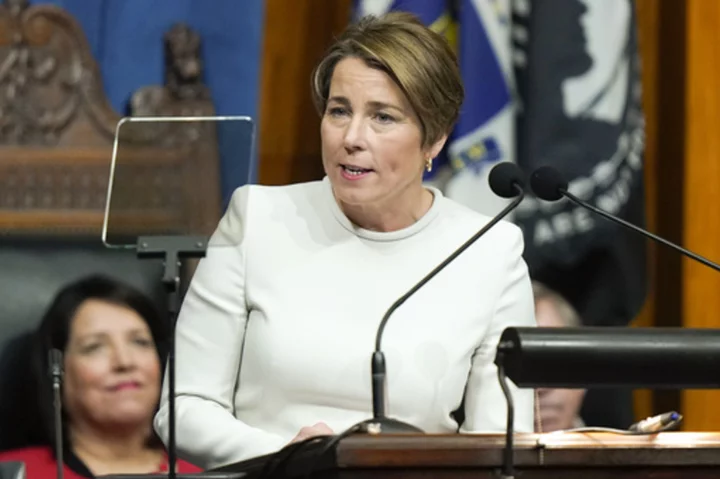
Governor activates Massachusetts National Guard to help with migrant crisis
Democratic Gov. Maura Healey is activating members of the Massachusetts National Guard to assist at shelters and hotels as the state struggles with a flood of migrants
2023-09-01 03:05

US establishes diplomatic relations with Cook Islands and Niue
The US is formally establishing diplomatic relations with a pair of Pacific Island nations Monday, recognizing the Cook Islands and Niue for the first time.
2023-09-25 22:27

Lewis Hamilton and Mercedes react to shock disqualification from United States Grand Prix
Lewis Hamilton said he was “disappointed” after his shock disqualification from the United States Grand Prix – while Mercedes boss Toto Wolff admitted “we got it wrong.” Hamilton finished the race in second, behind race winner Max Verstappen, but was later disqualified alongside Ferrari’s Charles Leclerc for breaching the rules governing the floor of their cars. Hamilton therefore loses the 18 points earned from his second-place finish, while Leclerc loses eight points. It is thought Mercedes won’t be appealing the decision. In a Mercedes press release, Wolff explained how Mercedes fell foul of the rules. “Turning to the race result and the disqualification, set-up choices on a sprint weekend are always a challenge with just one hour of free practice - and even more so at a bumpy circuit like COTA and running a new package,” he said. “In the end, all of that doesn’t matter; others got it right where we got it wrong and there’s no wiggle room in the rules. “We need to take it on the chin, do the learning, and come back stronger next weekend.” Hamilton said: “It is of course disappointing to be disqualified post-race but that doesn’t take away from the progress we’ve made this weekend.” Mercedes chief Andrew Shovlin admitted the team need to “go away and learn from this.” “We are of course naturally very disappointed to lose our podium finish,” he said. “Unfortunately, it is one of the pitfalls of the sprint format where we have a solitary hour of running before parc fermé. “Without running at a race fuel load in FP1, combined with a circuit as bumpy as this and the parts of the track where the drivers have to put the car during the Grand Prix, have contributed to the higher than expected wear levels. “We will go away and learn from this but also take the positives from our experience as a whole.” Read More Logan Sargeant earns first F1 point in bizarre circumstances Lewis Hamilton and Charles Leclerc disqualified from United States GP Lando Norris reflects on 2023 win prospects after another near-miss in Austin Lewis Hamilton rues Mercedes error which cost him victory at US Grand Prix Max Verstappen booed by American fans on podium after victory Max Verstappen defies Lewis Hamilton to edge United States Grand Prix victory
2023-10-23 15:18

Neymar agrees personal terms with Al Hilal
Neymar has agreed personal terms with Saudi Arabian side Al Hilal as he closes in on a move away from PSG.
2023-08-14 16:15

Get a smart scale that tracks 11 body metrics for $28
TL;DR: As of July 7, you can get the Roomie Sophie Smart Body Scale and
2023-07-07 17:00

'Prophet' at Trump hotel goes on rant about 'technologically advanced mermaids'
A speaker at a Trump hotel went on a bizarre rant about highly technological mermaids and water people spreading “wickedness” and advocated for hand-to-hand combat with them. The unhinged speech was delivered by so-called "Prophet" Amanda Grace at an American far-right and Christian nationalist ReAwaken America event held at the Trump National Doral hotel in Miami. Grace and her husband Chris are the founders of Ark of Grace Ministries and both delivered speeches at the right-wing event that has previously platformed QAnon conspiracy theorists and anti-vaxxers. In her strange but clearly passionate speech, Grace attempted to warn of the “wickedness” and “perversion” of “seductive, seducing spirits” and claimed imagery of mermaids was proof of that. Sign up to our free Indy100 weekly newsletter Grace said: “I have never seen more images of mermaids and water people in my life. That’s a division in the kingdom of darkness and they’re highly technologically advanced. “And we have to understand what we’re dealing with. And we have to understand the rules of engagement in spiritual warfare. And we are meant for hand-to-hand combat.” She continued, claiming: “Darkness has completely eclipsed the White House of this nation.” Her unhinged rant about mermaids sparked confusion, mockery and plenty of memes online. One tweet read: “Hand to hand combat with mermaids was not on my 2023 bingo card.” Another joked: “Ngl this is pretty much the exact insane s**t I’d say if you gave me a live mic at a Republican event.” Someone else suggested: “This is why you don't drop acid after your family drags you into seeing Avatar: The Way of Water during Christmas Vacation…” “Stop prophesying a good time,” another mocked. Have your say in our news democracy. Click the upvote icon at the top of the page to help raise this article through the indy100 rankings.
1970-01-01 08:00

Civilians are 'center of gravity' in Gaza war: US defense secretary
By Phil Stewart WASHINGTON (Reuters) -U.S. Defense Secretary Lloyd Austin delivered perhaps his strongest remarks to date on Saturday over
2023-12-03 05:47

Rose Lavelle may not feature for OL Reign before World Cup
OL Reign and USWNT midfielder Rose Lavelle's lingering injury may keep her out of action in the NWSL before the World Cup.
2023-05-28 10:15

Immigration Cost Me My Inner Child
If you crack open the mountains of Antioquia, Colombia, you’ll find my father’s inner child conserved in its stone. Before I left Medellín after almost two years of living there, I spent some time in my father’s pueblo, Montebello. After a day at a friend’s finca, the sun setting in a warm blue over the mountains, I looked into the valley and pictured my father as a child, standing in the same spot. He would have probably been riding horseback, a chestnut horse named Morgan who he’d always tell us stories about, gazing over the valley and dreaming about a life beyond the mountains. My entire life I’ve seen remnants of my father’s inner child peeking out from inside him: in the way he laughs; the way he’d play with my siblings and me, having just as much fun as us; the way he’d cry for his mother; the anger and resentment he held at the way life played out.
1970-01-01 08:00

When will ‘Jack Ryan’ Season 4 drop? Release date and how to watch John Krasinski's action-packed thriller
Jack Ryan's adventures are finally coming to an end with Season 4 and anticipation is building up for its release
2023-06-09 16:20
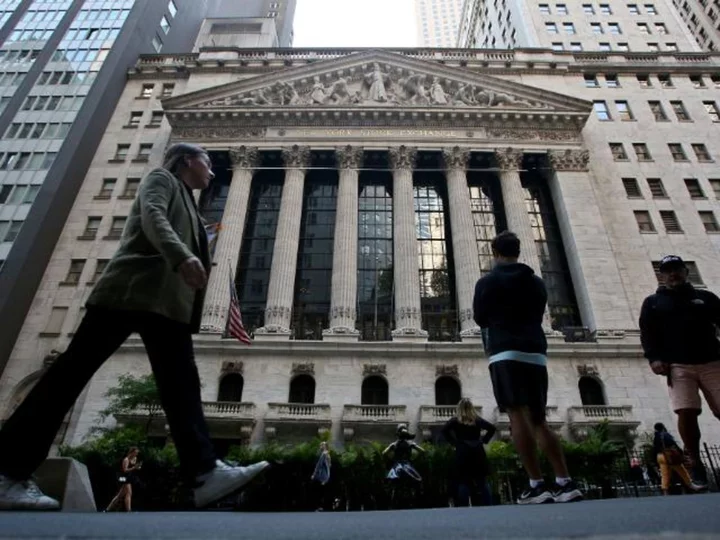
Small stocks are cheap and finally joining the market rally
Beaten-down stocks of smaller companies are finally making a comeback, underscoring Wall Street's newfound optimism.
2023-06-22 18:26
You Might Like...

How did Dylan Mulvaney celebrate her 500 days of 'being a girl'? Trans influencer says 'I'm having the best day ever'

Pilots at Qantas' unit to stop work for two days over wage talks
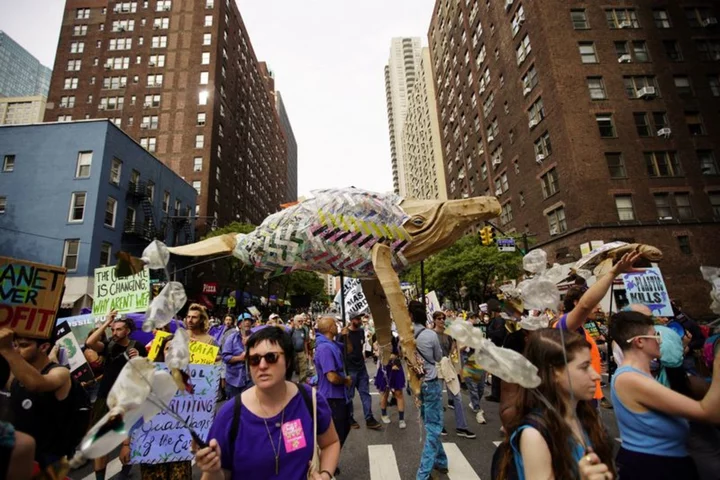
Climate protesters in New York and across the globe send message to United Nations
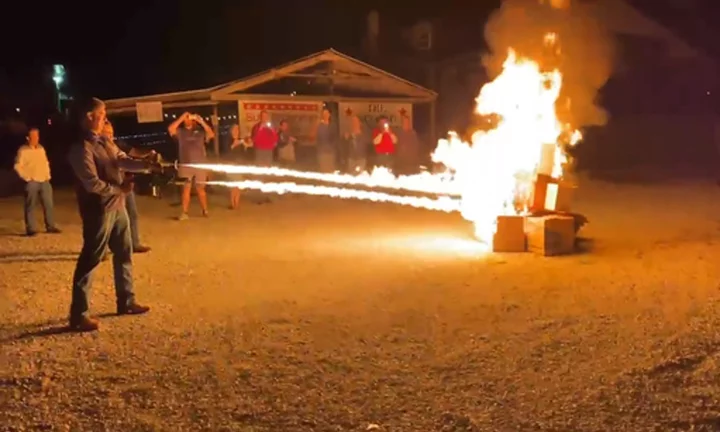
A flamethrower and comments about book burning ignite a political firestorm in Missouri
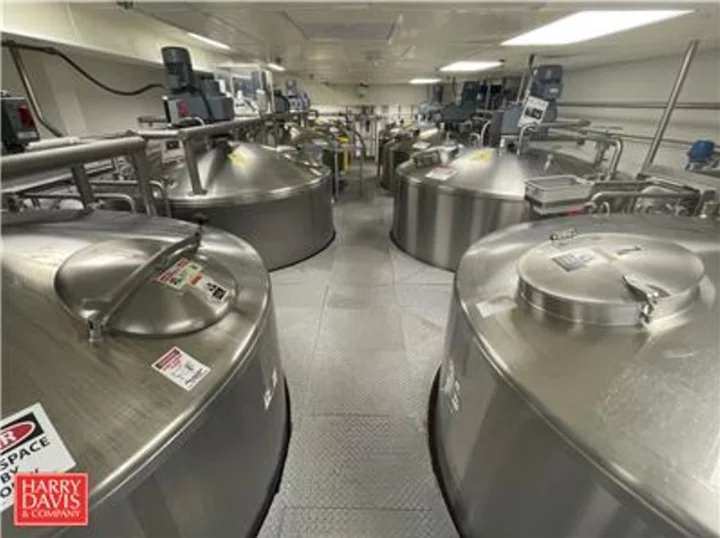
Cacique Foods Ceases Operations at Massive California Location; Harry Davis & Company to Liquidate Assets
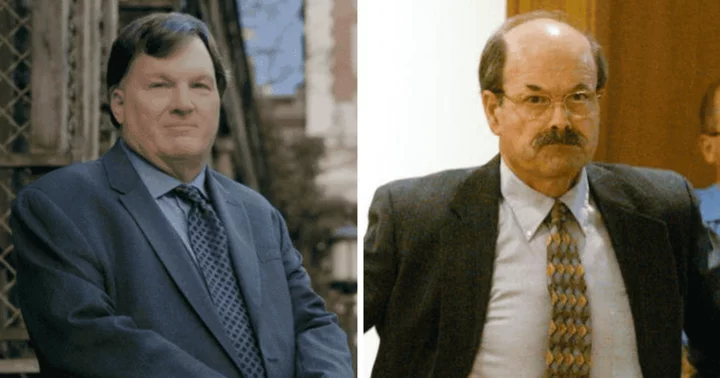
How similar is Rex Heuermann to Dennis Rader? BTK killer says Gilgo Beach suspect is 'clone of me'
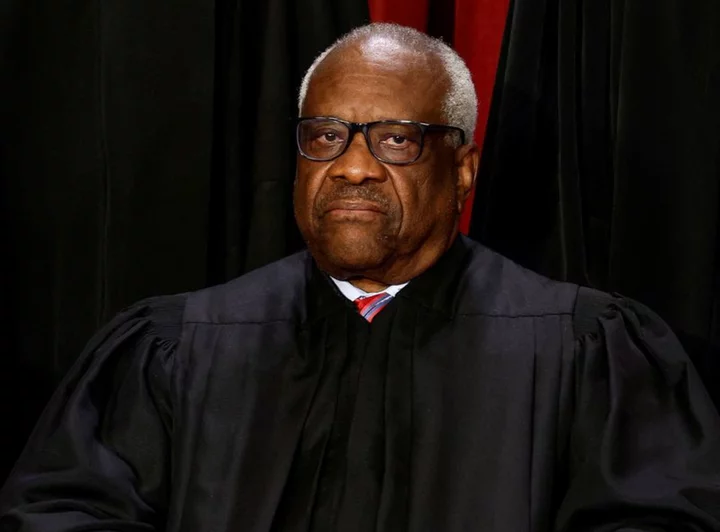
US Supreme Court's Clarence Thomas delays filing annual financial disclosure
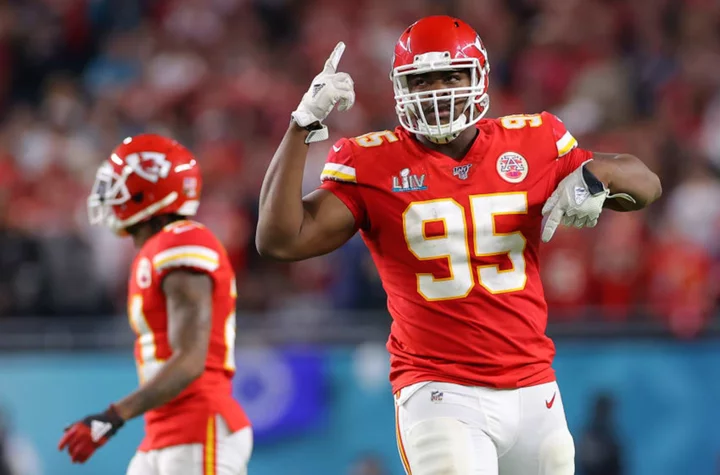
Chiefs may have made a massive misstep in Chris Jones negotiations
